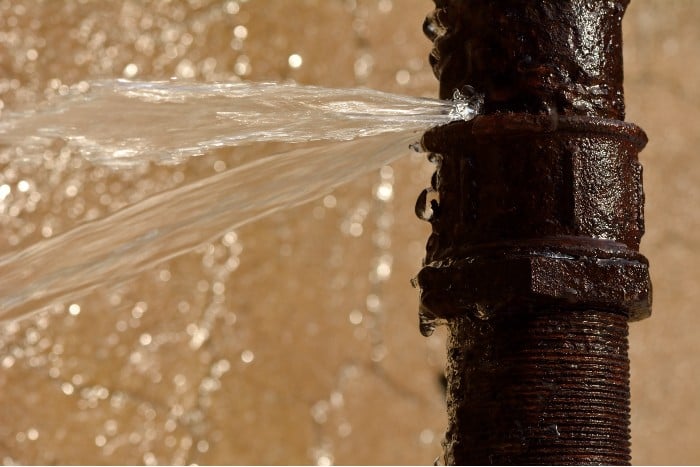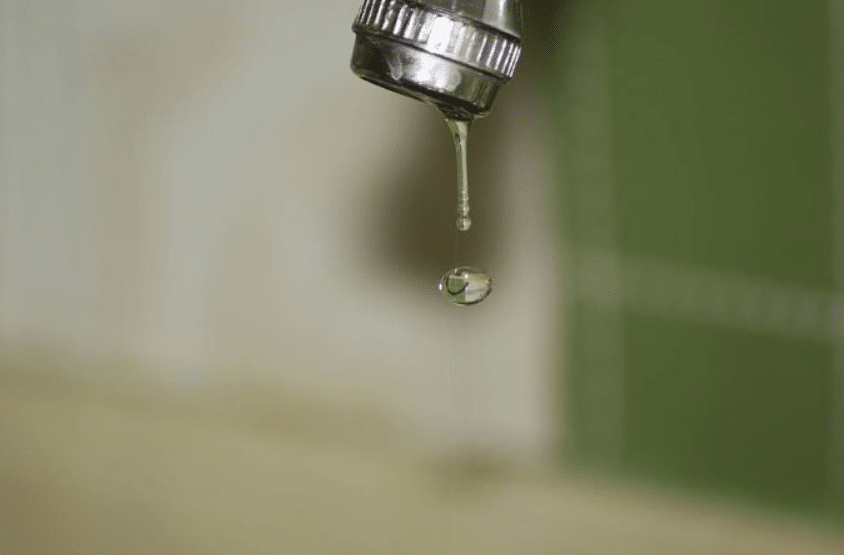Almost everyone may have their personal assumption when it comes to Top Causes of Home Water Leaks.

Leaks not only create waste of water yet can likewise cause unnecessary damage to your residence and also advertise undesirable organic development. Water leakages could go undetected because most of the pipework in our home is concealed. By looking and also recognizing for everyday scenarios that create leaks, you can safeguard your home from future leaks and unneeded damage. Today, we will consider 6 leak triggers that may be causing your pipelines to drip.
Immediate temperature level adjustments.
Extreme temperature level modifications in our pipes can trigger them to expand and also contract unexpectedly. This development and tightening may trigger cracks in the pipelines, especially if the temperature are below freezing. If you kept an eye on just how your plumbing works, it would certainly be best. The existence of the formerly discussed conditions often shows a high risk.
Corroded water supply
As time goes by, your plumbing system ages and rust such as corrosion may start gnawing the pipes. This may be the source of discoloration or warping on your water pipes. This asks for an inspection with your plumber immediately. Take into consideration replacing the pipelines considering that they are at a greater threat of corrosion than the newer designs if our plumbing system is old.
Malfunctioning Pipe Joints
Pipe joints can degrade over time, resulting in water leakages. If you have loud pipelines that make ticking or banging sounds, specifically when the warm water is turned on, your pipe joints are probably under a whole lot of stress.
Elbowing in origins
Most water leakages begin outside the house as opposed to inside it. If you observe an unexpected decline in water pressure, say in your faucet, take some time to head out and examine your backyard. You might observe damp spots or sinkholes in your lawn, and that could mean that tree origins are getting into water lines creating water to seep out. You can have your plumber look for breach, especially if you have trees or hedges near your residential property.
Poor Water Connectors
At times, a leakage can be caused by loosened hose pipes as well as pipes that provide your home appliances. More often than not, changing is what triggers the loose water Links. You might find in the case of a cleaning equipment, a pipe might spring a leak due to shaking during the spin cycle. In case of a water links leakage, you might notice water running directly from the supply line or pools around your home appliances.
Obstructed Drains
Clogged drains may be aggravating as well as inconveniencing, however they can sometimes end up triggering an overflow leading to rupture pipelines. Keep getting rid of any kind of products that may go down your drains that might obstruct them to prevent such aggravations.
All the above are sources of leakages however not all water leaks result from plumbing leakages; some leakages may originate from roof leakages. All leaks ought to be repaired immediately to stay clear of water damage.
Leaks not just cause waste of water yet can likewise create unnecessary damage to your residence and advertise undesirable natural development. By understanding and also looking for daily scenarios that trigger leakages, you can secure your home from future leaks and also unneeded damage. Today, we will certainly look at 6 leakage causes that may be triggering your pipelines to leak.
At times, a leak can be triggered by loosened tubes and also pipelines that provide your devices. In case of a water links leakage, you might see water running straight from the supply line or puddles around your devices.
How To Check For Water Leak In Your Home
How To Check for Leaks
The average household's leaks can account for nearly 10,000 gallons of water wasted every year and ten percent of homes have leaks that waste 90 gallons or more per day. Common types of leaks found in the home are worn toilet flappers, dripping faucets, and other leaking valves. These types of leaks are often easy to fix, requiring only a few tools and hardware that can pay for themselves in water savings. Fixing easily corrected household water leaks can save homeowners about 10 percent on their water bills.
To check for leaks in your home, you first need to determine whether you're wasting water and then identify the source of the leak. Here are some tips for finding leaks:
Take a look at your water usage during a colder month, such as January or February. If a family of four exceeds 12,000 gallons per month, there are serious leaks.
Check your water meter before and after a two-hour period when no water is being used. If the meter changes at all, you probably have a leak.
Identify toilet leaks by placing a drop of food coloring in the toilet tank. If any color shows up in the bowl after 10 minutes, you have a leak. (Be sure to flush immediately after the experiment to avoid staining the tank.)
Examine faucet gaskets and pipe fittings for any water on the outside of the pipe to check for surface leaks.
Undetected water leaks can happen without the home or business owner even realizing. If you suspect a water leak, but not able to find the source. It is time to contact a professional water leak detection service, The Leak Doctor.
How To Find a Water Leak In Your Home
https://www.leakdoctor.com/blog/How-To-Check-For-Water-Leak-In-Your-Home_AE197.html

As a serious reader about How to detect water leaks in your home, I thought sharing that piece of content was a great idea. Are you aware of someone else who is sincerely interested in the subject? Why not share it. I value reading our article about Common Water Leaks In House.
Appointment